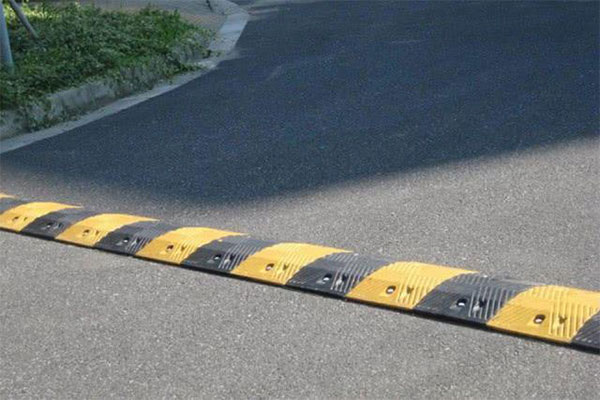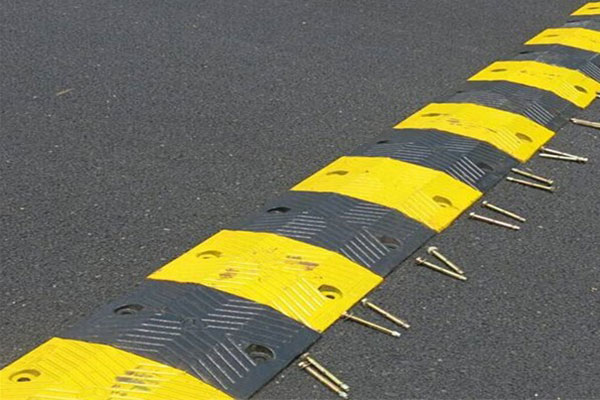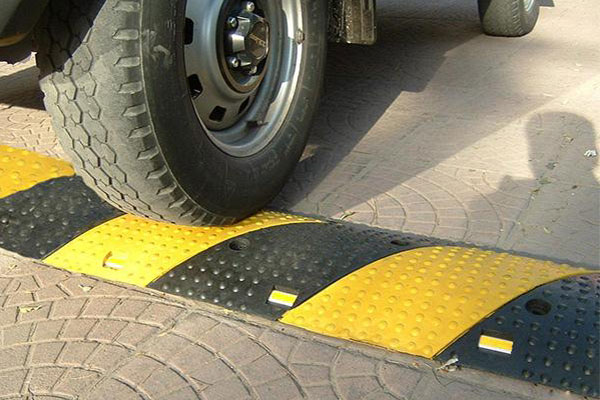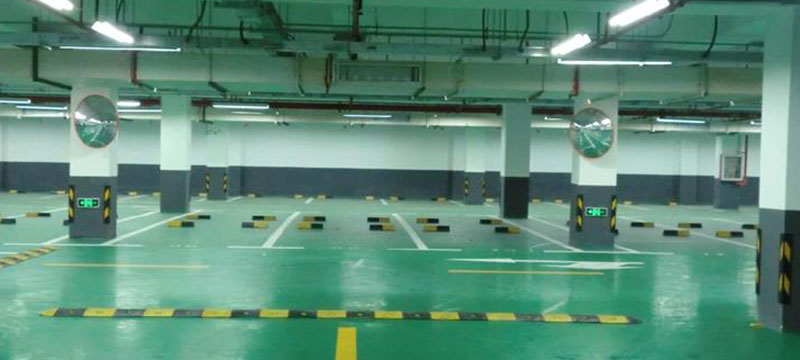What Are Speed Bumps For?
Speed bumps are a common sight on roads and parking lots, strategically placed to slow down vehicles and ensure safety. While many drivers might find them a bit inconvenient, it’s essential to understand the crucial role speed bumps play in maintaining road safety and protecting pedestrians. In this article, we will delve into the purpose and importance of speed bumps.

Traffic Calming:
One of the primary purposes of speed bumps is traffic calming. These raised structures are strategically placed to control the speed of vehicles in specific areas, such as residential zones, school zones, and parking lots. By forcing drivers to reduce their speed, speed bumps contribute to a safer environment for pedestrians, cyclists, and other road users.
Pedestrian Safety:

Speed bumps are often installed in areas with high pedestrian activity, such as crosswalks or areas near schools and playgrounds. Slowing down vehicle traffic through these zones enhances pedestrian safety by reducing the risk of accidents and providing pedestrians with a more secure environment to cross the road.
Accident Prevention:
Excessive speeding is a significant contributor to road accidents. Speed bumps act as a deterrent to speeding by requiring drivers to slow down before navigating over them. This proactive measure helps prevent accidents and reduces the severity of collisions, making roads safer for everyone.

Noise Reduction:
In residential areas, the noise generated by speeding vehicles can be a significant concern for residents. Speed bumps contribute to noise reduction by encouraging drivers to lower their speed, resulting in quieter and more peaceful neighborhoods.
Parking Lot Safety:

Parking lots can be busy and chaotic, with vehicles moving in various directions. Speed bumps are commonly installed in parking lots to enforce speed limits and reduce the risk of accidents. This is particularly important in areas with high foot traffic, such as shopping centers and business districts.
Compliance with Speed Limits:
Speed bumps serve as a visual and tactile reminder for drivers to adhere to speed limits in specific areas. By promoting compliance with speed regulations, these traffic-calming devices contribute to overall road safety and reduce the likelihood of speeding-related incidents.
Conclusion:
While speed bumps might be perceived as an inconvenience by some drivers, their presence serves a vital purpose in promoting road safety. From traffic calming to pedestrian protection, these raised structures play a crucial role in creating secure environments for everyone on the road.

